
Ocean Microplastics Monitor
Client
Various
Practice Areas
Challenge
Addressing a critical unmet need in environmental sensing, Triple Ring Technologies supported the integration of a fieldable, portable microplastics sensor system. The system enables quantitation of plastic particles in aqueous environmental samples and separates plastics from non-plastics for subsequent polymer identification. Triple Ring experts created an integrated and miniaturized unit that replaced a high-end instrument in a benchtop system. This unit was designed to successfully count microplastics under conditions expected in field use – not only measuring plastic but also working correctly in the presence of interferents, such as air bubbles and non-plastics (biological particles, sand, silt, and other non-organic materials).
Outcomes
The resulting system could be deployed beyond the benchtop and provided successful demonstrations to funders and partners as the research group furthers its work on microplastics.
Value Propositions
- Relevant expertise in low-cost, ruggedized life sciences assay platforms
- Rapid design and development process that met strict timelines for delivery
- Flexible and highly collaborative design teams that interface seamlessly with research institutes
Ocean Microplastics Monitor
Challenge
Addressing a critical unmet need in environmental sensing, Triple Ring Technologies supported the integration of a fieldable, portable microplastics sensor system. The system enables quantitation of plastic particles in aqueous environmental samples and separates plastics from non-plastics for subsequent polymer identification. Triple Ring experts created an integrated and miniaturized unit that replaced a high-end instrument in a benchtop system. This unit was designed to successfully count microplastics under conditions expected in field use – not only measuring plastic but also working correctly in the presence of interferents, such as air bubbles and non-plastics (biological particles, sand, silt, and other non-organic materials).
Outcomes
The resulting system could be deployed beyond the benchtop and provided successful demonstrations to funders and partners as the research group furthers its work on microplastics.
Value Propositions
- Relevant expertise in low-cost, ruggedized life sciences assay platforms
- Rapid design and development process that met strict timelines for delivery
- Flexible and highly collaborative design teams that interface seamlessly with research institutes
Client
Various
Practice Areas
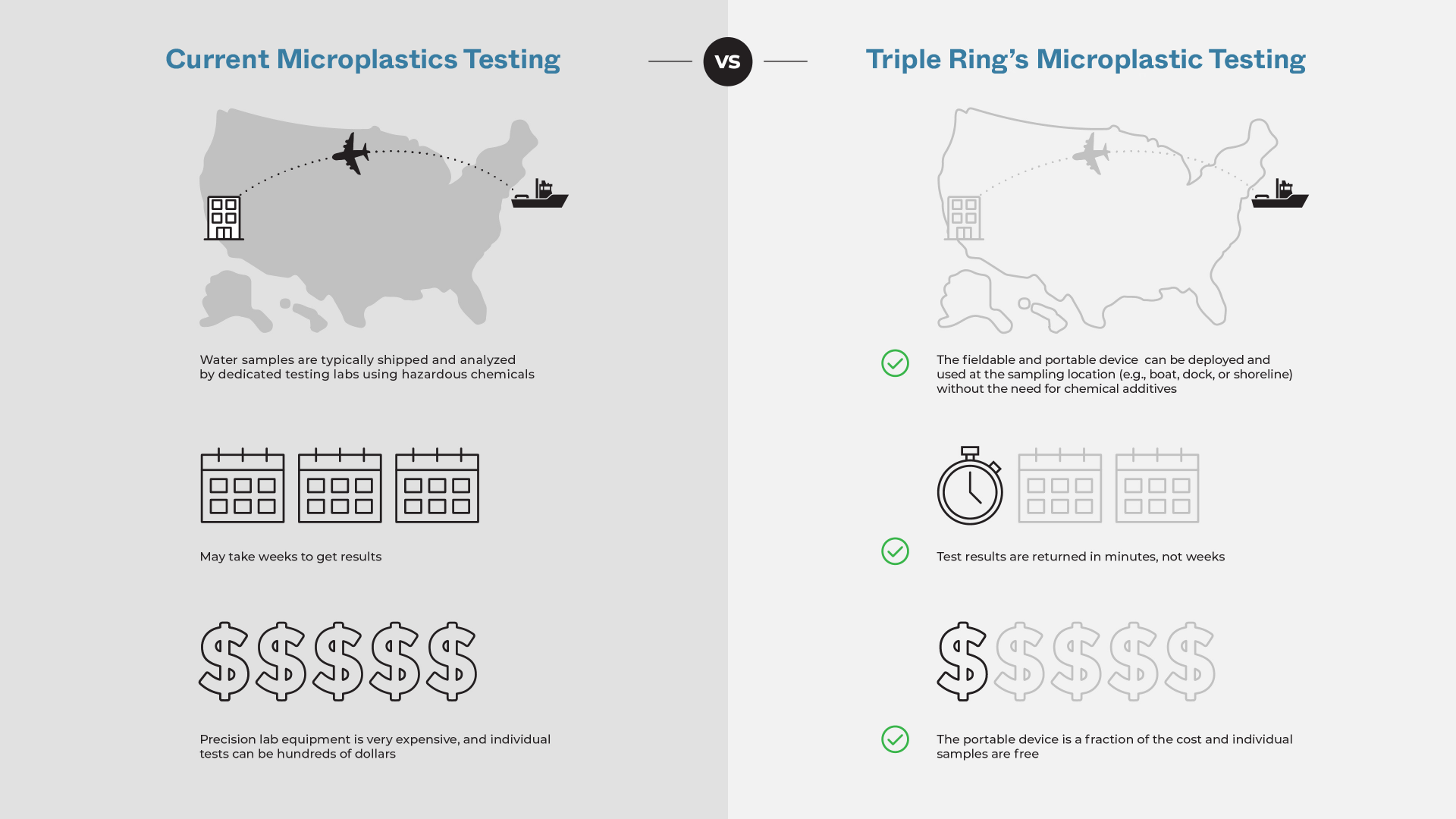
Background
The US Environmental Protection Agency (EPA) saw value in funding the Triple Ring and Woods Hole Oceanographic Institution teams to produce a fieldable microplastics monitoring system. Triple Ring personnel brought previous experience of shipboard microplastic measurement from past collaborations with EPA in the Northwest Hawaiian Islands. Woods Hole scientists invented a novel means of measuring ocean microplastics and Triple Ring provided integration support.
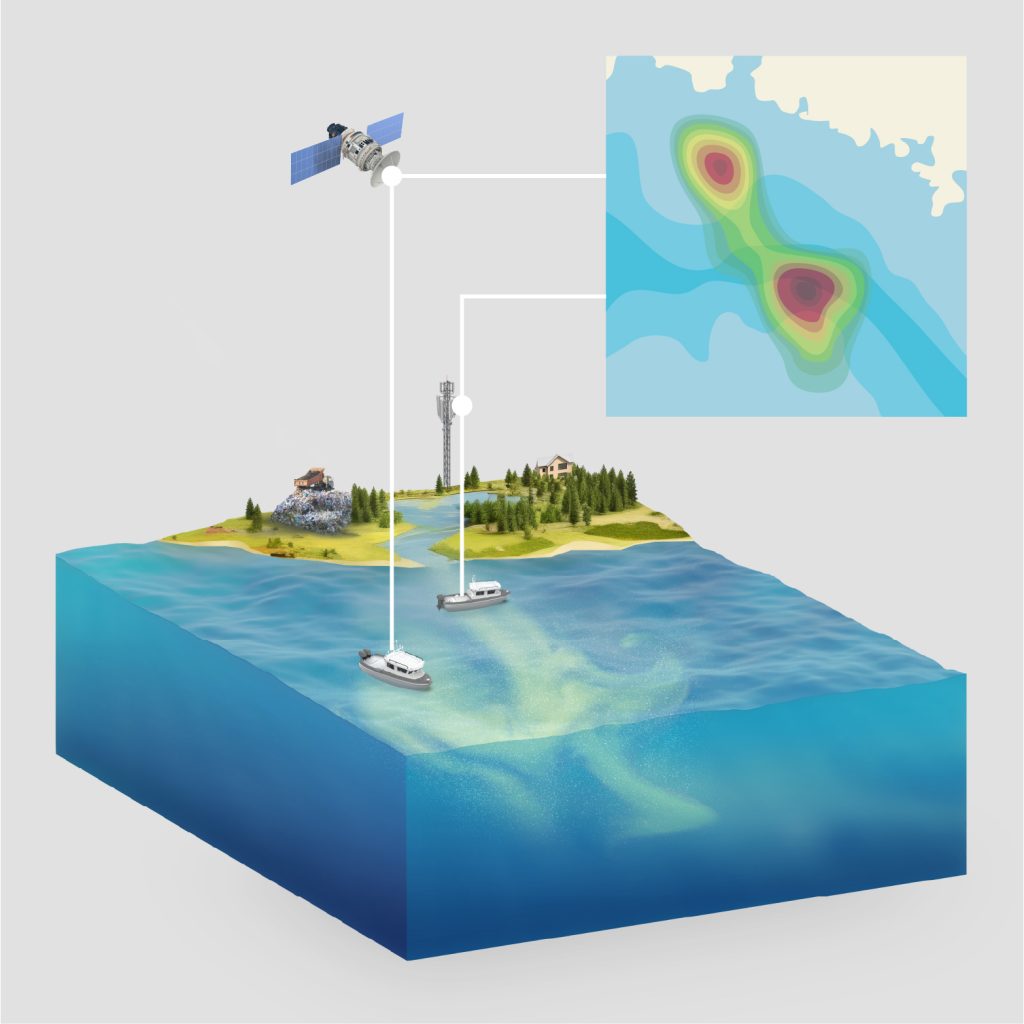
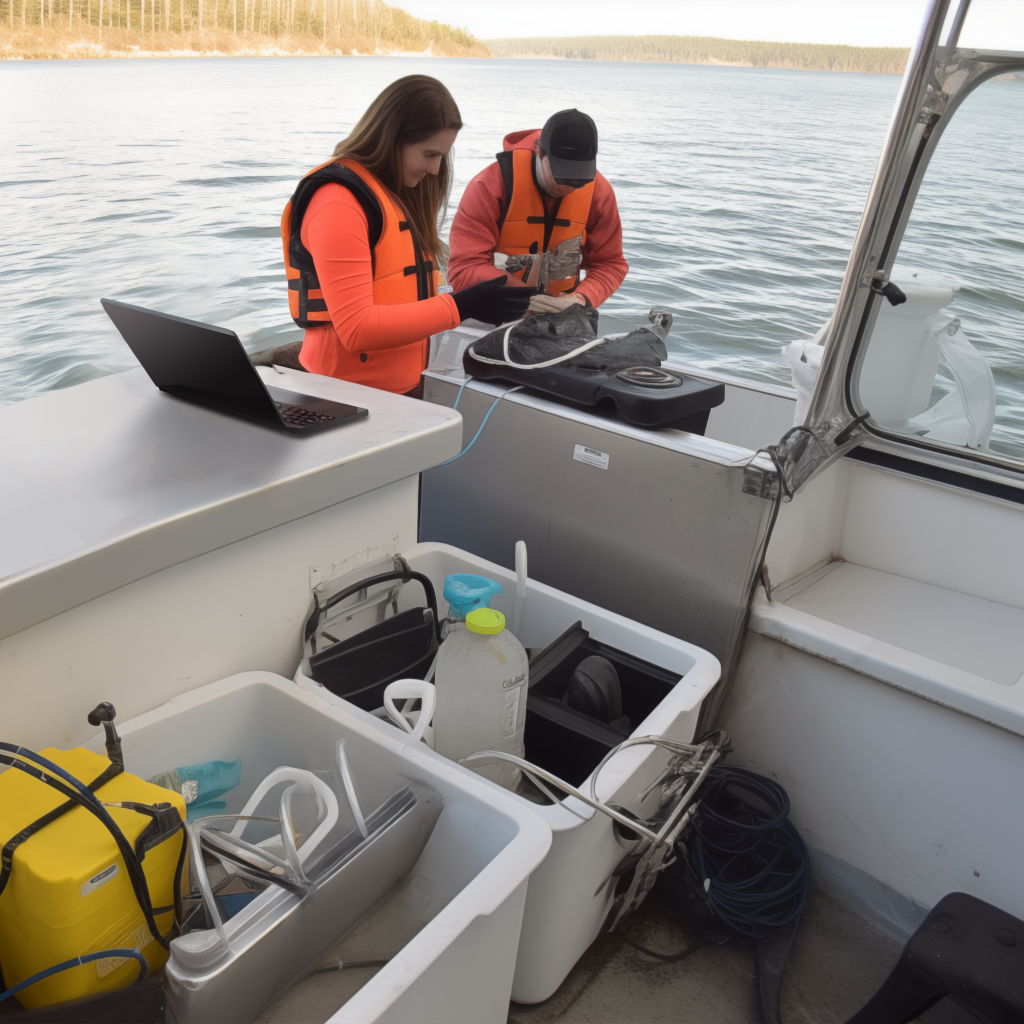
Combining WHOI’s core sensing technology with Triple Ring’s experience in delivering integrated products will significantly move the needle on the understanding of microplastic pollution and will drive data-based mitigation solutions.
My lab is especially interested in developing technologies that enable us to robustly count the number of microplastics in drinking water, ponds, lakes, and oceans. We need field-deployable sensors that provide us this information in order for us to understand microplastic pollution.
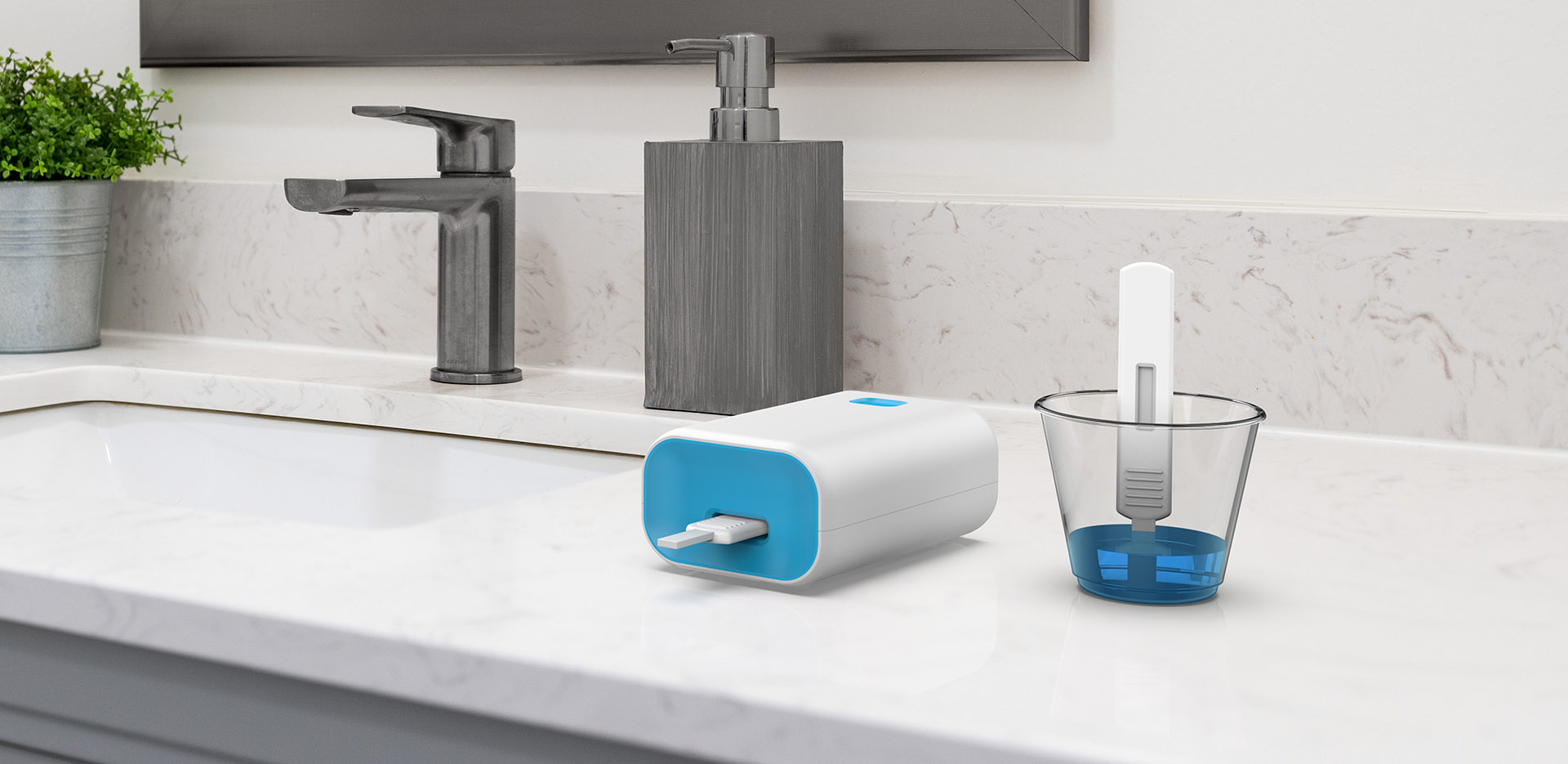
At-Home Quantitative Diagnostics
Client
BARDA
Practice Areas
Challenge
To address critical needs identified by the Biomedical Advanced Research and Development Authority (BARDA), Triple Ring was awarded a contract to design, build, and test a low-cost multiplexed quantitative biomarker detection platform for lab-at-home and low resource settings.
Outcomes
Triple Ring and a close collaborator, in a project funded by the Biomedical Advanced Research and Development Authority (BARDA), have developed a low-cost, user-centric, diagnostics platform for multiplexed quantitative biomarker measurements in patient samples. This novel platform was designed for use in CLIA-waived in vitro diagnostic settings and is notable for its low manufacturing cost. The platform supports lab-at-home, point of care (POC), and direct to consumer workflows especially in low-resource settings. Triple Ring’s consolidated expertise across biological, electrical, embedded software, mechanical, and optical systems enabled a robust design capable of quantifying biomarker concentrations from multiplexed lateral flow immunoassay (LFA) test strips. Additionally, the system was demonstrated to extend the quantitative measurement range beyond that of typical lateral flow assay readers. Currently, the team is performing systems integration and testing for a handheld version of the diagnostic device.
Triple Ring Value Proposition
- Multidisciplinary team including biochemistry, assay development, biology, computer science, optics, and multiple engineering disciplines to design, build, and test complex systems with very low manufacturing costs
- Focus on building transformational platforms and capabilities to target unmet needs in the in vitro diagnostics space, including development for low-resource and remote settings
- Valuable IP creation
- Company formation services through General Inception venture studio
At-Home Quantitative Diagnostics
Challenge
To address critical needs identified by the Biomedical Advanced Research and Development Authority (BARDA), Triple Ring was awarded a contract to design, build, and test a low-cost multiplexed quantitative biomarker detection platform for lab-at-home and low resource settings.
Outcomes
Triple Ring and a close collaborator, in a project funded by the Biomedical Advanced Research and Development Authority (BARDA), have developed a low-cost, user-centric, diagnostics platform for multiplexed quantitative biomarker measurements in patient samples. This novel platform was designed for use in CLIA-waived in vitro diagnostic settings and is notable for its low manufacturing cost. The platform supports lab-at-home, point of care (POC), and direct to consumer workflows especially in low-resource settings. Triple Ring’s consolidated expertise across biological, electrical, embedded software, mechanical, and optical systems enabled a robust design capable of quantifying biomarker concentrations from multiplexed lateral flow immunoassay (LFA) test strips. Additionally, the system was demonstrated to extend the quantitative measurement range beyond that of typical lateral flow assay readers. Currently, the team is performing systems integration and testing for a handheld version of the diagnostic device.
Triple Ring Value Proposition
- Multidisciplinary team including biochemistry, assay development, biology, computer science, optics, and multiple engineering disciplines to design, build, and test complex systems with very low manufacturing costs
- Focus on building transformational platforms and capabilities to target unmet needs in the in vitro diagnostics space, including development for low-resource and remote settings
- Valuable IP creation
- Company formation services through General Inception venture studio
Client
BARDA
Practice Areas
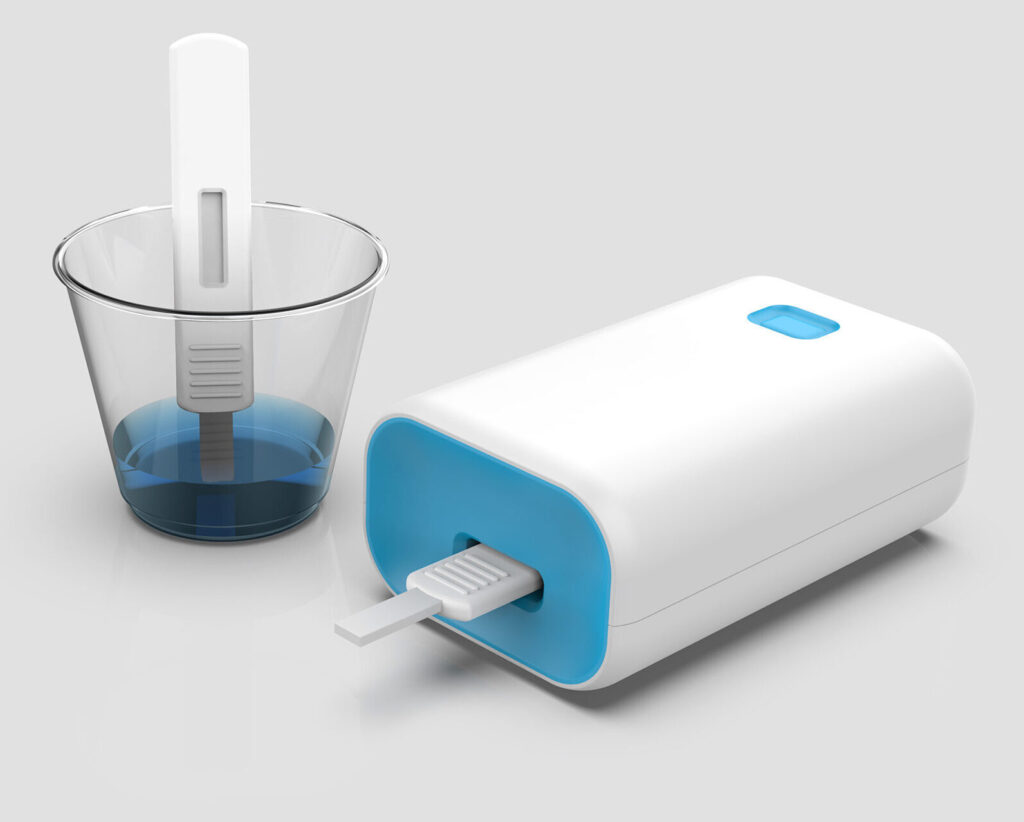
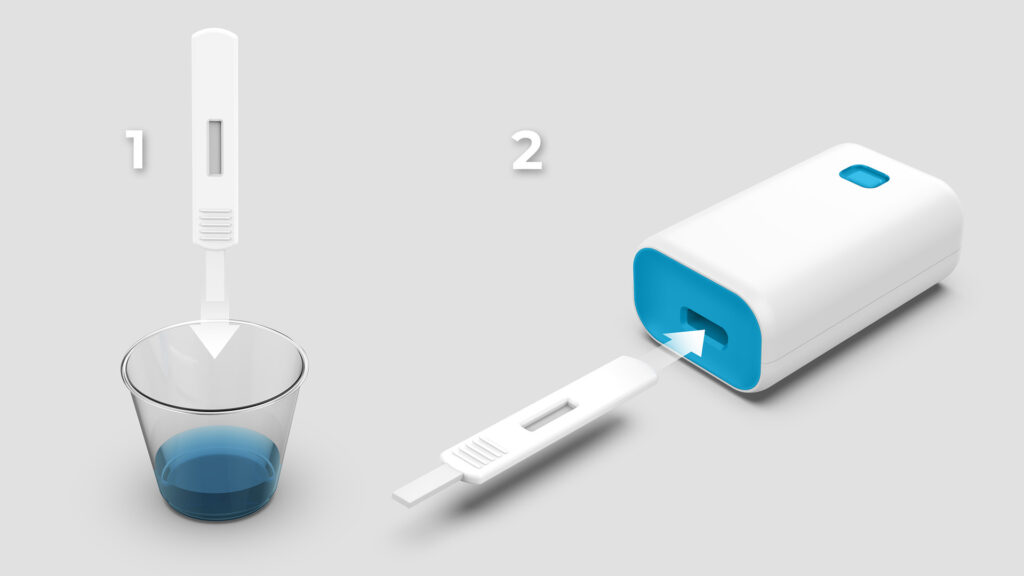
It’s very rewarding to work with our collaborators to develop new diagnostic tools to help protect the health of some of the most vulnerable populations around the world.